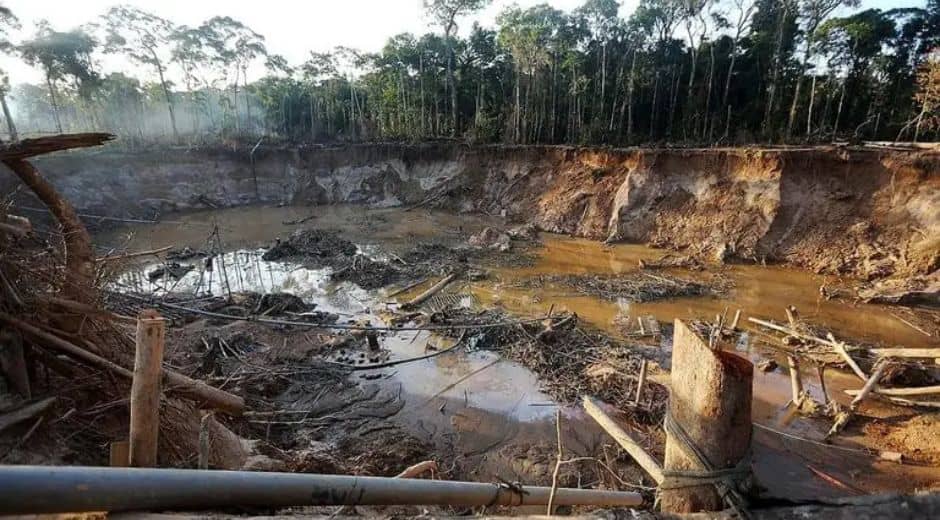5 Powerful Key Policies That Help Protect Our Ecosystems
5 Powerful Key Policies That Help Protect Our Ecosystems
Protecting our ecosystems is crucial for maintaining biodiversity, clean air, fresh water, and overall planetary health. Governments, organizations, and communities implement policies to ensure that natural habitats and wildlife are preserved for future generations. Understanding and supporting these key policies is essential for anyone who cares about sustainable living and environmental stewardship.
For more actionable eco-tips and environmental insights, visit BionatureVista for guides on sustainable practices, conservation, and green lifestyle strategies.
1. Endangered Species Protection
One of the most important policies involves protecting endangered species from extinction. Laws such as the Endangered Species Act in the United States create legal frameworks that prevent hunting, trade, or destruction of habitats for vulnerable animals. These policies ensure that species like tigers, rhinos, and sea turtles have a chance to survive and thrive.
By supporting protected areas, wildlife corridors, and anti-poaching measures, communities can help reinforce these key policies. Educating the public about endangered species and their ecological roles also strengthens the impact of these initiatives.
2. Habitat Conservation and Restoration
Another set of crucial key policies focuses on conserving and restoring natural habitats. Wetlands, forests, and coral reefs provide essential ecosystem services such as flood control, oxygen production, and carbon absorption. Policies that limit deforestation, regulate urban expansion, and fund reforestation projects are vital to maintain these ecosystems.
Restoration projects, like planting native species or rehabilitating degraded land, directly support these policies. Organizations and governments can work together to monitor and manage protected areas, ensuring that biodiversity thrives. For global environmental news and conservation updates, check Zoopora.
3. Pollution Control Regulations
Pollution is a major threat to ecosystems, and several key policies aim to limit contaminants in air, water, and soil. Regulations on industrial emissions, chemical disposal, and plastic waste management are essential to protect both wildlife and human populations.
Enforcing strict pollution standards and incentivizing green technology are examples of effective policies. Citizens can also contribute by supporting companies with eco-friendly practices and reducing personal waste. Public awareness campaigns play a critical role in reinforcing these policies at the community level.
4. Sustainable Land Use and Agriculture
Sustainable land use is another critical area addressed by key policies. Agricultural practices, urban planning, and forestry management must balance human needs with environmental protection. Policies promoting crop rotation, organic farming, and soil conservation help maintain ecosystem health while ensuring food security.
By integrating these practices into local and national regulations, governments create policies that safeguard soil, water, and biodiversity. Community programs that teach sustainable farming techniques also reinforce the effectiveness of these policies.
5. Climate Change Mitigation
Finally, climate change mitigation is central to protecting ecosystems, and several policies target greenhouse gas reduction, renewable energy adoption, and carbon offset initiatives. Policies such as carbon taxes, emissions trading schemes, and renewable energy incentives help reduce the environmental impact of industrial and domestic activities.
Supporting renewable energy, energy-efficient buildings, and reforestation projects are ways individuals can align with these key policies. Collective action on climate change strengthens global ecosystems and ensures the resilience of wildlife and habitats.
Conclusion
Understanding and supporting key policies is essential for anyone committed to environmental protection. From protecting endangered species to enforcing pollution control and promoting sustainable land use, these 5 powerful key policies are instrumental in preserving ecosystems worldwide. By staying informed, advocating for eco-friendly legislation, and taking personal action, we can all contribute to a healthier planet.
Learn more about actionable conservation strategies and eco-friendly living on BionatureVista and stay updated on global initiatives through reliable environmental resources like EcoWatch.
Nature Inspires Every Step

How Tundra Wildlife Survives Extreme Arctic Conditions
How Tundra Wildlife Survives Extreme Arctic Conditions

Life Above the Trees: Exploring the Rainforest Canopy
Life Above the Trees: Exploring the Rainforest Canopy













